Easy Guide To Growing Microgreens At Home
When it comes to urban gardening, microgreens become a great choice, and only second to sprouts. Growing microgreens are ideal if you have limited space, time and gardening skills. In just a few simple steps, you can learn to grow this superfood which is nutrient packed and tasty.
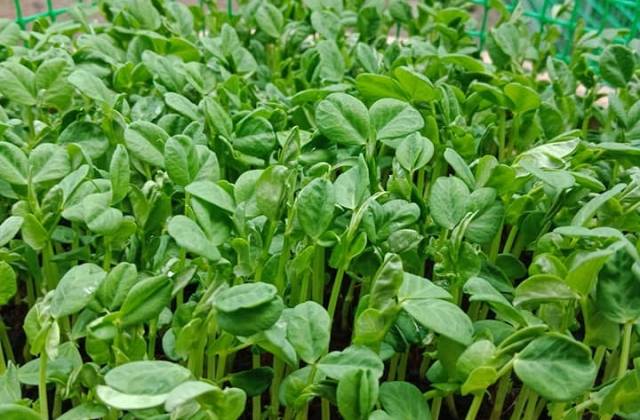
What Exactly Are Microgreens?
Unlike sprouts that are soaked and rinsed in water to grow, microgreens are grown in soil. During the germination process of seeds, the seed leaves or cotyledons emerge from the soil. This cotyledons through photosynthesis will create food to provide the plant an energy boost to develop the true leaves.
Microgreens are then the next stage of the plant’s growing development where they form the first true leaves. It is at this stage that microgreens can be harvested. Microgreens have greater value in terms of nutrition compared to sprouts. To boost the flavor and nutrient value, you can include minerals to the raising mix for the seeds.
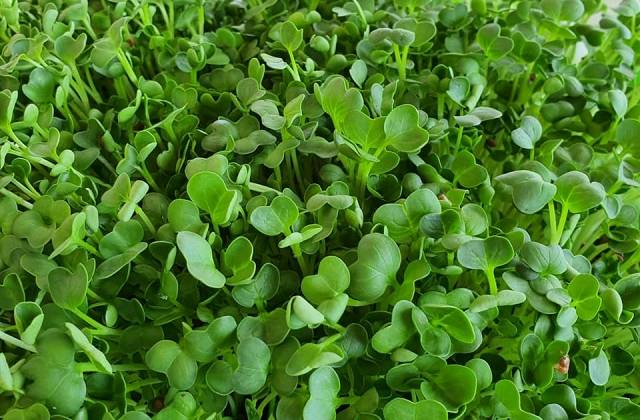
Growing Microgreens At Home
Microgreens can be grown at home and will grow quickly from seed to harvest in about 1-3 weeks. However, the actual time required depends on the variety of microgreens you have chosen. With just a tiny space, you can grow an abundance of them. In fact, growing microgreens have a high ratio of yield to space.
Since microgreens are healthy ‘fast food’, it incurs a very minimal cost, efforts as well as time required to grow them. And this is a perfect solution for urban farming where space and time are a restriction.
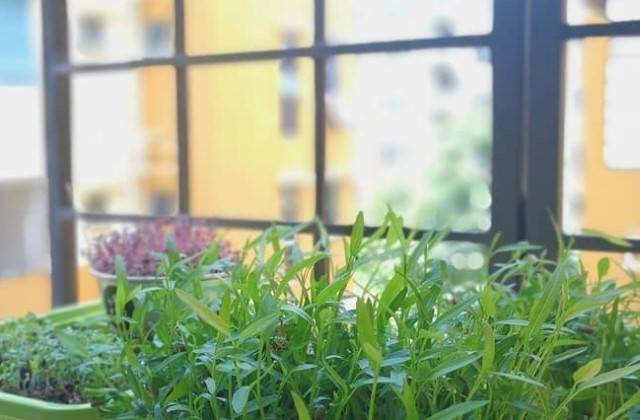
Beside minimal time and space required, microgreens need to have access to good light, a simple and shallow container, growing medium and water. Microgreens are suitable for every climates. As such you can have your superfood both in the cold of winter or the heat of summer.
Microgreens can be grown practically anywhere as long as it can have the lights required. You can grow them indoors with lighting, on a sunny windowsill of your kitchen, a mini greenhouse, or even outdoor on your balcony. You don’t need to have a garden to grow microgreens.
Microgreens are highly packed with color, texture, flavor, nutrients and living enzymes. They provide a wide nutritional variety of health benefits as they contain phytonutrients, minerals and digestible vitamins. So they are also considered as a nutrient-dense food.
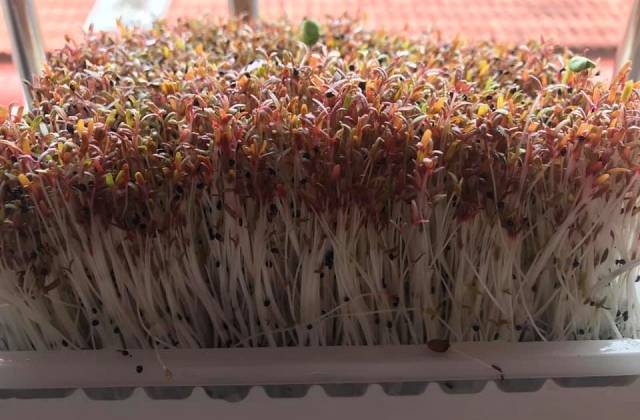
Health Benefits of Microgreens
In general, when comparing microgreens with their mature plant counterparts, they contain a higher levels of carotenoids and vitamins, although it also depends on the varieties. Microgreen cotyledon leaves has a higher densities and concentration of nutrition than matured leaves.
Always harvest and serve your microgreens immediately to avoid lost of nutrient value. They can be served as garnishes to add color and flavor to your food. Microgreens have texture that are delicately crunchy. Many of the microgreen varieties will regrow after harvesting and that provides a fantastic value.
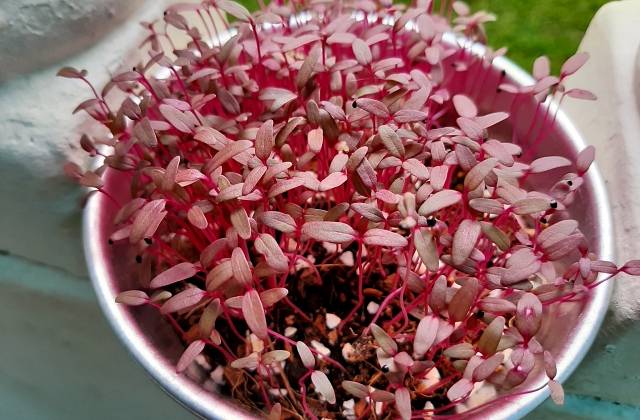
Which Microgreen Seeds To Grow?
Some of the commonly grown microgreens are sorrel, spinach, rocket/arugula, radish, peas, parsley, mustard, lettuce, kholraby, kale, coriander/cilantro, chervil, chard, celery, cabbage, broccoli, beets, basil and amaranth. However, there are also many other varieties that you could try.
Depending on the microgreen variety, flavors can range from mild to intense. They add great nutrients to your diet if you prefer to replace your mature vegetables with tender and young shoots.
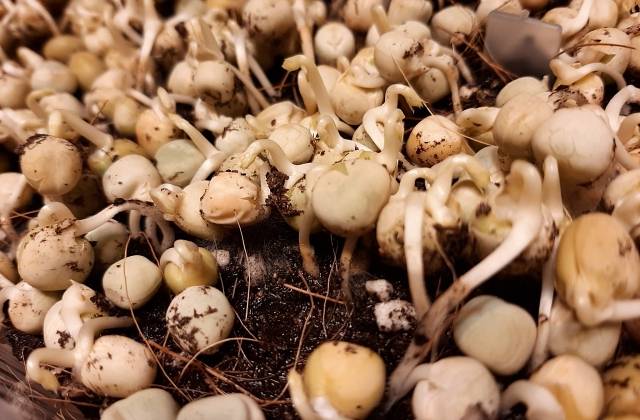
IMPORTANT: Note that not all seeds are safe to be used for microgreens. Use only untreated and certified organic seeds. Avoid growing and consuming microgreens that contains harmful chemicals. Commercial seeds are often treated with chemicals like fungicides and pesticides, which you will want to avoid.